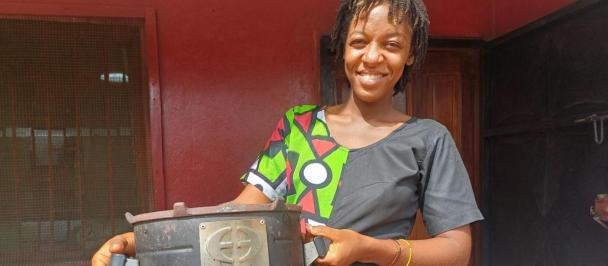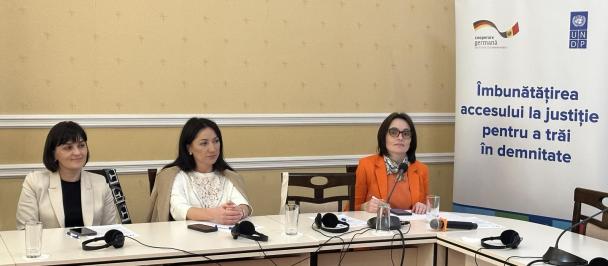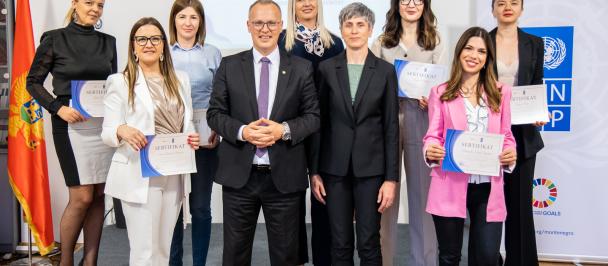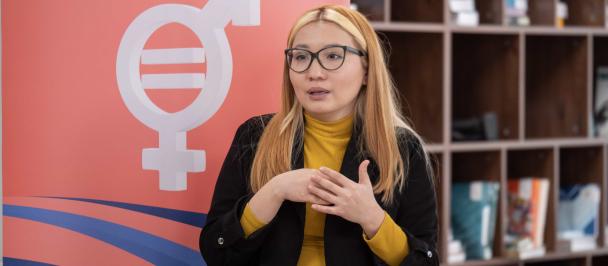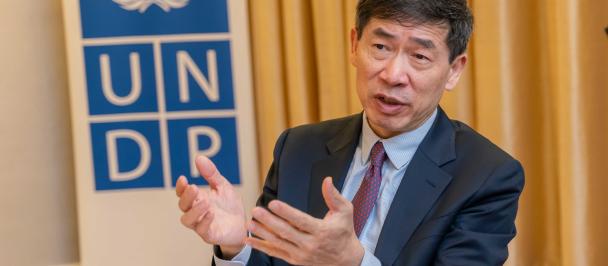UNDP Rwanda Facilitates HPV Gatagara to Obtain a Milling 3D Machine
September 8, 2022
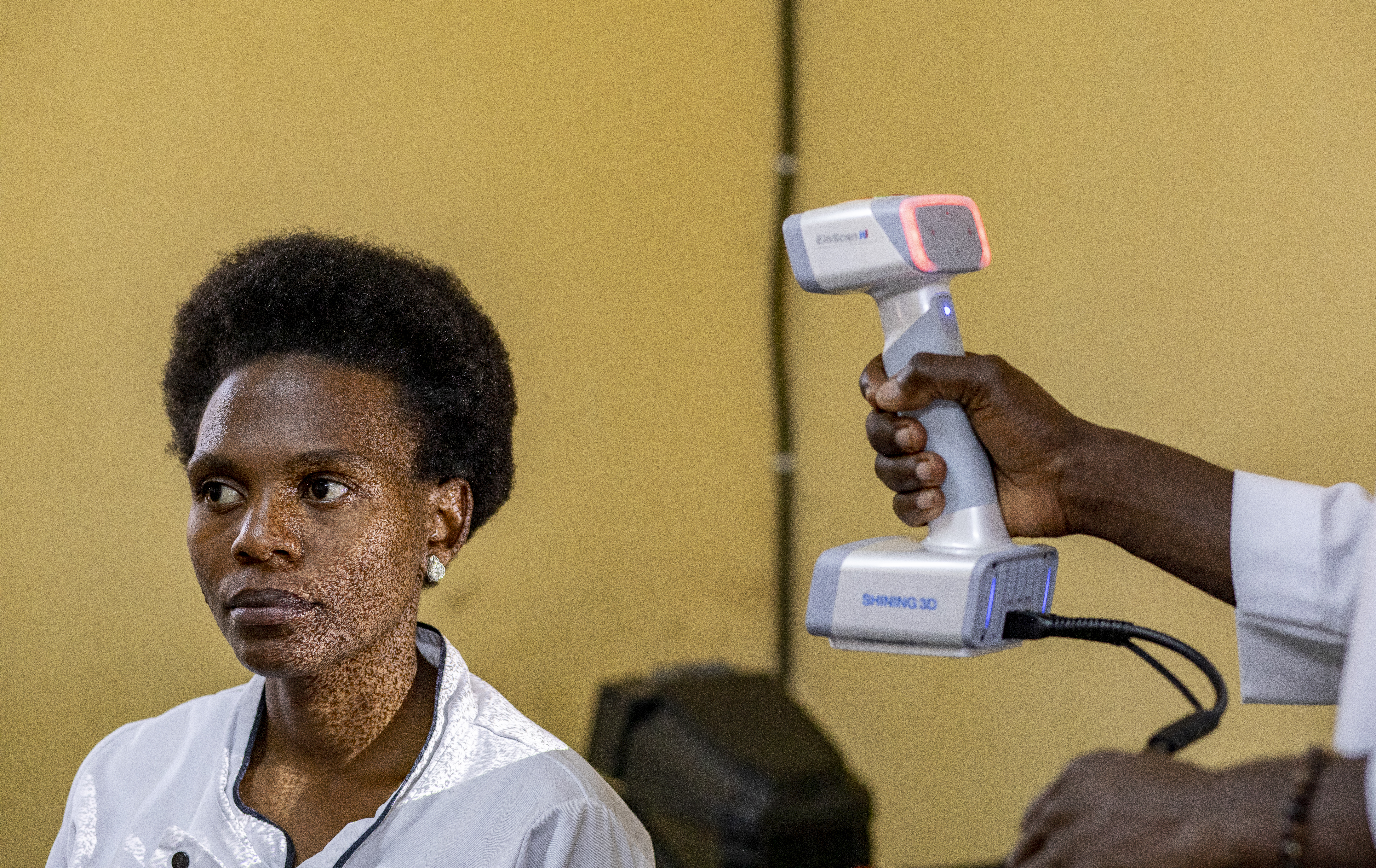
Nyanza, 5th September 2022 - Home de la Vierge des Pauvre (HPV) Gatagara Center received a milling machine and three of its prosthetic and orthodontist technicians will be the first in Rwanda to be trained in 3D printing. The technicians will learn 3D scanning techniques, computer-aided design” CAD” and computer-aided manufacturing” CAM.” The four-day training will be conducted by Swiss Limb, a non-profit organization based on the funding of UNDP Rwanda.
HPV is a ray of hope for the Rwandan community with physical disabilities. The center lives by its motto, “Enable the disabled, translate disability into ability.” HPV’s services have significantly improved the lives of people with disabilities by providing orthopedic care, assistive technology products, and physiotherapy. In 2020 alone, HVP Gatagara Nyanza manufactured 2,480 devices and repaired 170.
The new 3D technology will be a game changer for the center and considerably reduce the time used in designing and manufacturing through polypropylene and modular technology. Polypropylene involves seven stages to reach the patient fitting process: consultation, plastering a cast, molding a positive form, melting, negative plaster mold, trimming, and adjustment.
With the new technology, the technician takes the patient’s measurements using a 3D scanner. The data collected is input into the Picasso software application to design a positive cast. The information is then entered into the machine to produce the form using 3D milling technology.
Emile Niyonkuru is a 28 years young technician in orthopedics and prosthetics that graduated from the College of Medicine and Health Science in Kigali. He has been working at HPV Gatagara for two years. He said he was very excited to be part of the training because the new technology will make his job easier.
“I am very excited to be part of this training.” Producing a positive cast of a corset to correct the posture of a 12-year girl with Scoliosis only took us one hour when using 3D milling technology, and it could have taken two days if we were using plastering," he added.
” The transfer of data is easy, the information of a patient scanned in Rwanda and sent in another country,“ affirmed Issac Rukundo, another technician in orthopedics and prosthetics. ” We are going to practice every day so that we are able to train the rest of our colleagues,“ he added.

 Locations
Locations